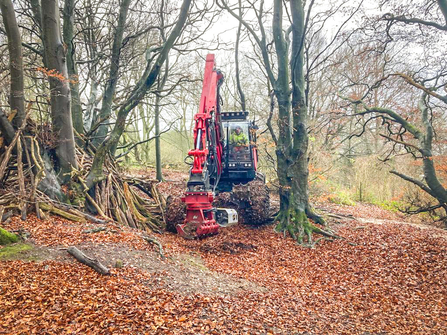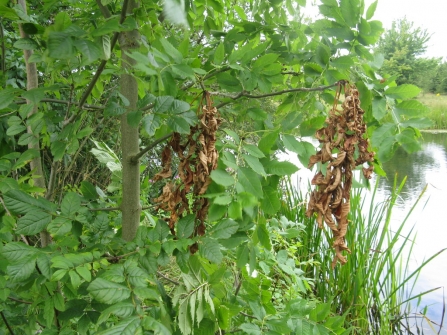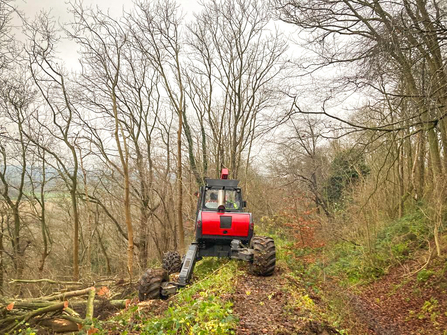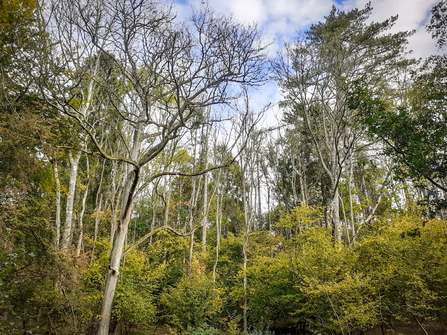The Berkshire, Buckinghamshire & Oxfordshire Wildlife Trust (BBOWT) has revealed it is facing a bill of more than £1 million to tackle the impact of devastating ash dieback disease, which is infecting millions of trees across the UK.
The Trust has had to make the drastic decision to remove thousands of ash trees across its nature reserves in areas where falling dead branches pose a significant risk to the public, buildings or road users – in line with Government guidance.
As the UK marks the tenth anniversary of ash dieback disease arriving in the country this year, the Trust is now launching a major fundraising appeal to help it cover the cost of tackling it.




